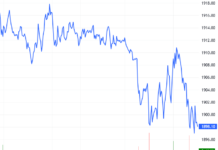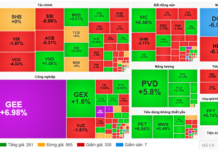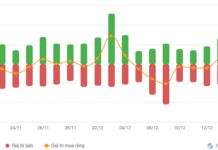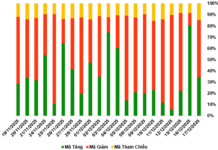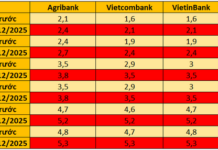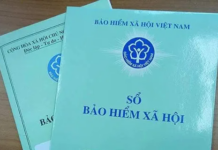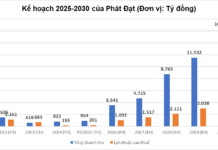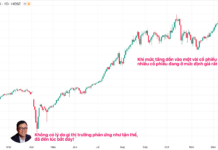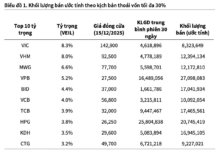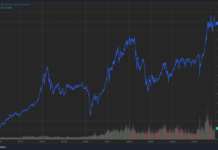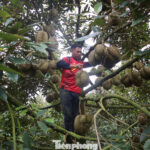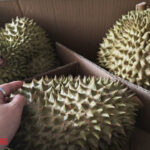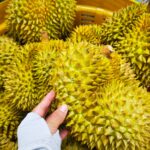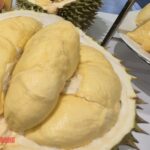Durian Prices Fluctuate in Opposite Directions
On October 29th, durian wholesalers announced that the purchase price for Dona durians (Thai, Monthong) ranged between $3.78 – $3.92 per kg (Type A), with Type B being $0.84 cheaper per kg for those grown in the Central Highlands. This price reflects an increase of approximately $0.21 per kg compared to two days prior, attributed to reduced supply and less stringent testing procedures.
In the Mekong Delta, Ri 6 durians are priced at $3.16 – $3.24 per kg (Type A), with Type B being $0.63 cheaper per kg. These prices are lower than before due to heavy rainfall in the region, which has affected quality. Notably, many orchards have been submerged for extended periods, forcing farmers to harvest early and sell inferior durians at significantly reduced prices to recoup some capital.
According to the latest data from the Vietnam Fruit and Vegetable Association (Vinafruit), durian exports in the first nine months of 2025 reached nearly $2.77 billion, a 1.7% decrease compared to the same period last year.
China Dominates with 94% Market Share
China remains the leading market, accounting for $2.59 billion, or nearly 94% of Vietnam’s durian exports. However, this figure is 0.2% lower than the same period last year.
Among the top 10 durian importing countries from Vietnam, Malaysia recorded the highest growth rate, surging by 657% year-on-year. Specifically, Malaysia spent over $2 million on durian imports, with expectations of further increases as businesses report receiving more orders from this market.
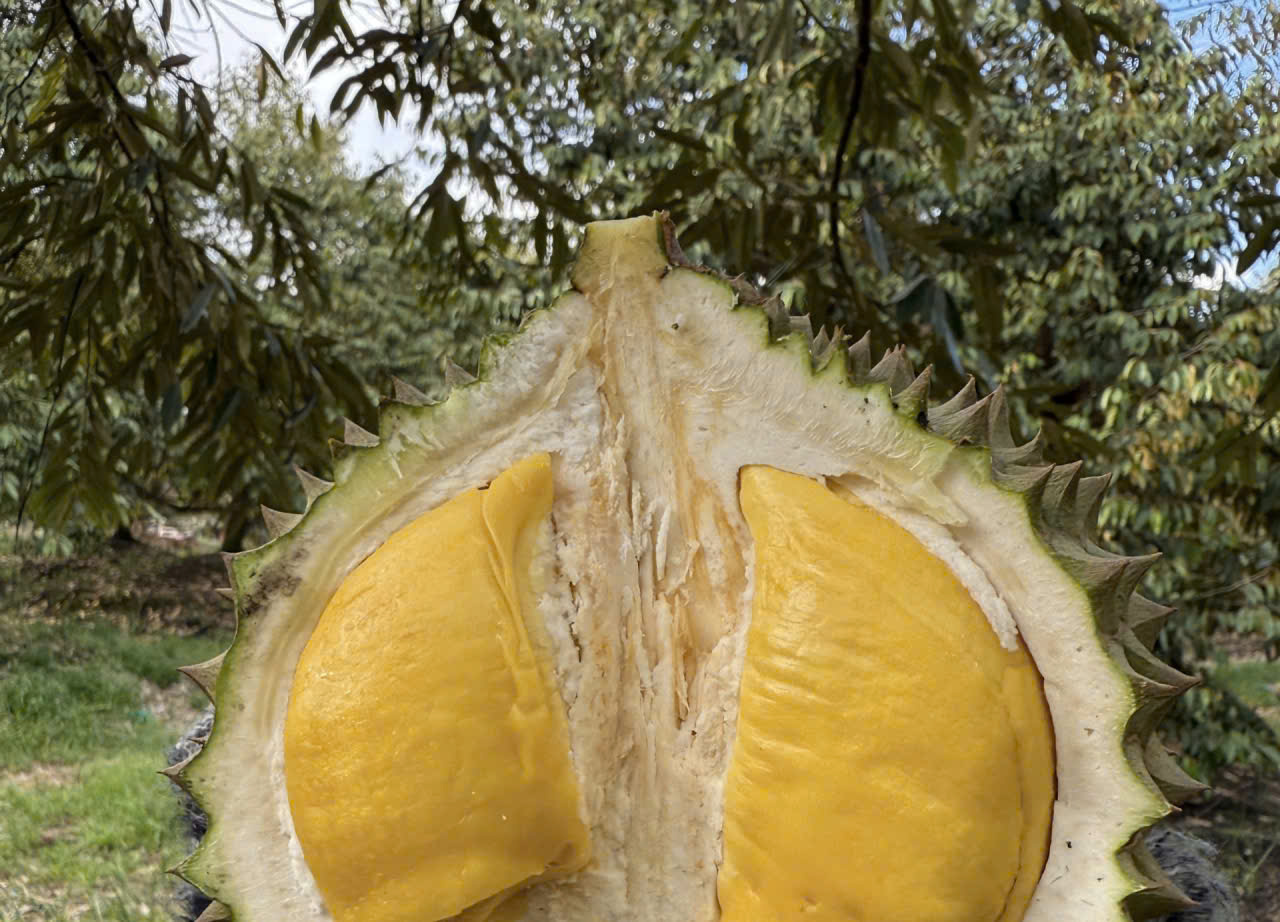
Inspecting Musang King durian pulp before harvest
Malaysia Seeks Vietnamese Musang King Durian
Malaysia is renowned for its Musang King durian, dubbed the “King of Durian” for its exceptional quality. However, according to businesses, the main drawback of Malaysian Musang King is its high cost, making it unaffordable for most consumers.
Additionally, Malaysian durians have low yields, are harvested only when fully ripe, and undergo a labor-intensive process of peeling and freezing, resulting in high costs. Moreover, harvesting at full ripeness imparts a slight bitterness that not all consumers appreciate.
In contrast, Vietnamese Musang King durians are becoming increasingly affordable due to higher production volumes and improving quality. As a result, Malaysia imports Vietnamese Musang King durians for domestic sale, while prioritizing exports of its own durians due to higher international prices.
Similarly, Thailand, the world’s leading durian exporter in the first nine months of the year, spent $34 million on Vietnamese durian imports. This is because Vietnam has a year-round supply, whereas Thailand’s durian production is seasonal.
Durian Prices Plummet in Dak Lak as Traders Halt Purchases
Durian prices in Dak Lak have plummeted as the harvest season nears its end, prompting traders to halt purchases. Numerous warehouses have unexpectedly shut down due to challenges in obtaining the necessary laboratory test certifications.
Durian Prices Surge Today (Oct 6-10): Widespread Spike as Demand Outstrips Supply
Experience the finest durian from Dak Lak, Vietnam’s largest durian-growing region, as the season winds down. With limited availability, prices are soaring, making this the perfect time to savor the rare, exquisite flavors of late-harvest durian.

